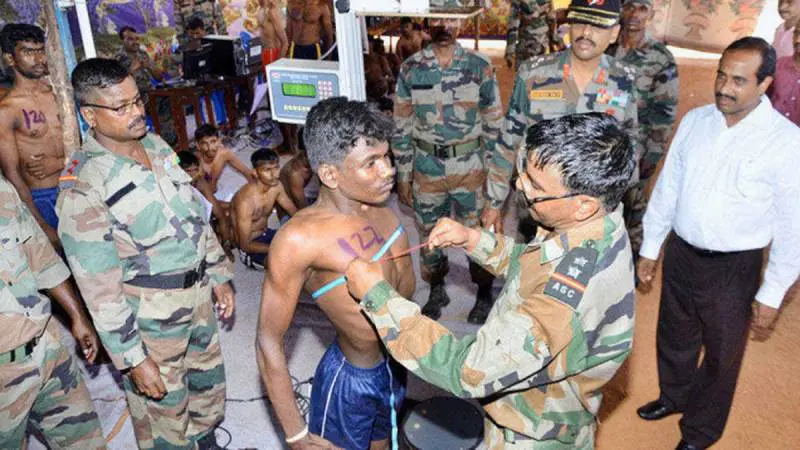Contents
Understanding the Army’s Vision Standards
A key part of the vision test is recognizing letters, numbers, or patterns from a distance. Familiarizing yourself with eye charts like the Ishihara (used to test color blindness) or LogMAR charts (measuring visual acuity) can help you prepare. Knowing how these tests work will give you a better understanding of what to expect and make you more comfortable during the actual test.
Additionally, don’t skip regular eye check-ups. It’s crucial to keep your vision in check and ensure it meets the Army’s standards. If needed, corrective lenses (glasses or contacts) can help. Make sure your prescription is up-to-date and wear your lenses properly during the test for the best results.
How to Prepare for the Test?
Preparing for the Army’s vision test starts with a regular eye check-up. It’s essential to visit an eye doctor to catch any potential vision issues early. Regular check-ups not only help you stay on top of your eye health but also give you time to correct any problems before the test.
You can also practice vision exercises to improve your eye coordination. Simple exercises, like focusing on objects both near and far or rotating your eyes in circles, can strengthen your eye muscles. These exercises help with sharpness and focus, making you better prepared for the vision test.
If you need corrective lenses, make sure they’re part of your preparation. Ensure your glasses or contact lenses have the correct prescription, and wear them as prescribed during the test. Don’t wait until the last minute to update your prescription—take care of it well in advance.
Finally, color vision preparation is key. The Army’s test will require you to identify colors, especially red and green. Familiarize yourself with color recognition by practicing with color charts like Ishihara and trying to identify colors in different lighting conditions. This will help ensure you can pass the color vision portion of the test without any issues.

